Dean Hersey gets fully crystal ball and looks at what the mountain bikes we ride might look like in the near-enough future. Will we finally get the hover-bikes we were promised?
Words dean Hersey Photography Various
Editor’s Note: This article was published in issue 136 of Singletrack World Magazine but due to a printing error on our part half of the article was not. This is the full article as intended, with our apologies to our print magazine readers.
Just imagine for a minute that the year is 2041. I have some wild visions of electromagnetic hover bikes like something from the Star Wars films. Zero pedalling and no heavy panting up treacherously muddy trails – in fact you won’t even have contact with the ground. This quickly mutates into a very upsetting thought – no paydirt, no roost and no loam.
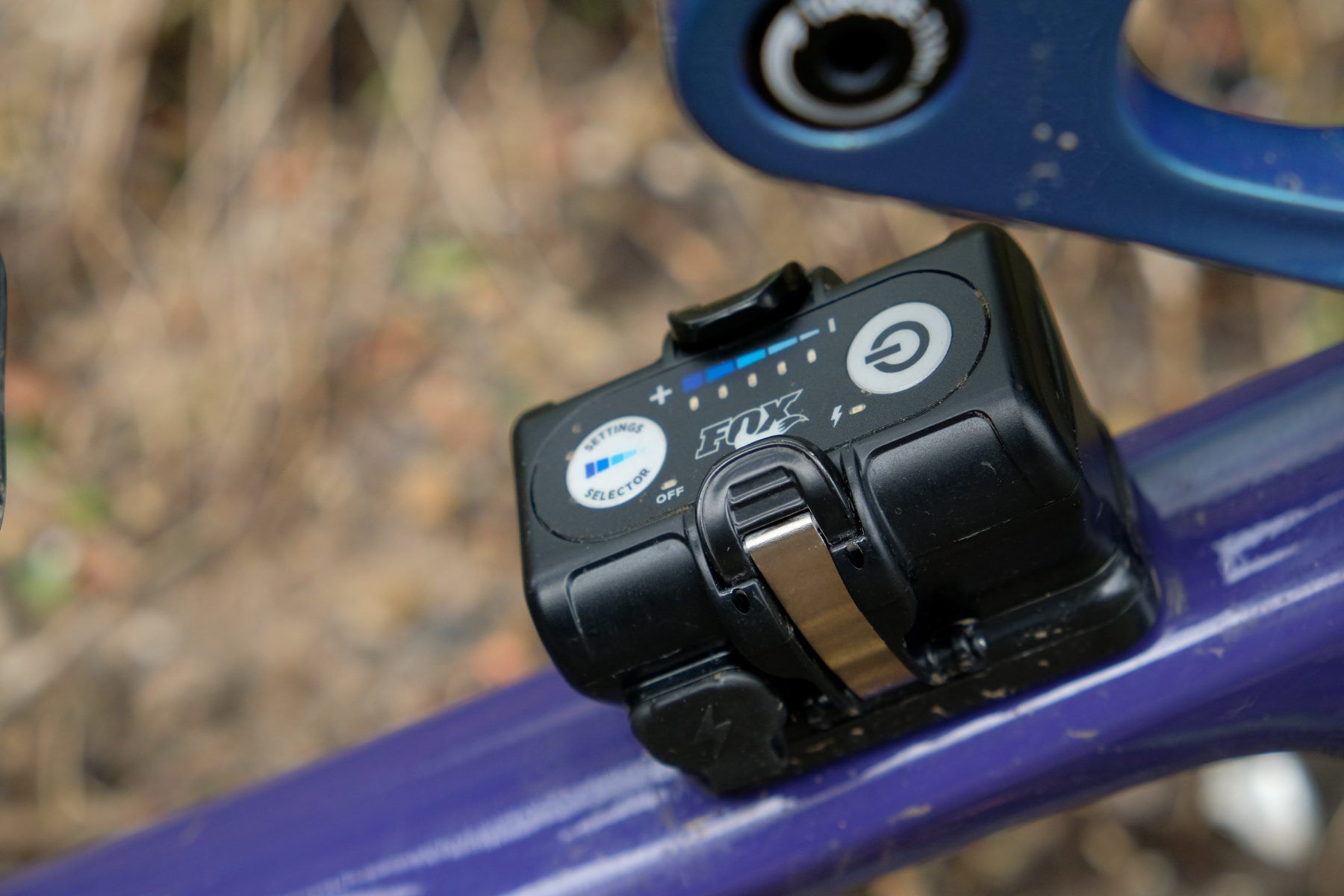
When Chipps asked me what I think mountain bike technology might look like in the year 2041, I thought I should start looking backwards in order to look forwards. Some of us can remember riding the bikes of 20 years ago. Reminiscing about the past, I would have been rolling around on a Specialized Rockhopper FSR with a monocoque alloy frame, adorned with 26in wheels and wrapped with 2.1in wide Tioga Factory DH tyres that I just about managed to squeeze into the frame. This was complete with Vee brakes (Google them, kiddos), a triple chainring set-up that was mated to a nine-speed Shimano Deore rear mech and Shimano Deore LX shifters. Eventually I saved up enough to upgrade to a RockShox Psylo fork up front, boasting 125mm of travel.
I have some wild visions of electromagnetic hover bikes like something from the Star Wars films
MTB technology – A question of attitude and angles
I have been fortunate enough to share some time over the past few weeks with various influential people from within the industry, asking for their thoughts about what mountain bikes might look like and their ideas about what we might expect to see on the trails in years to come.
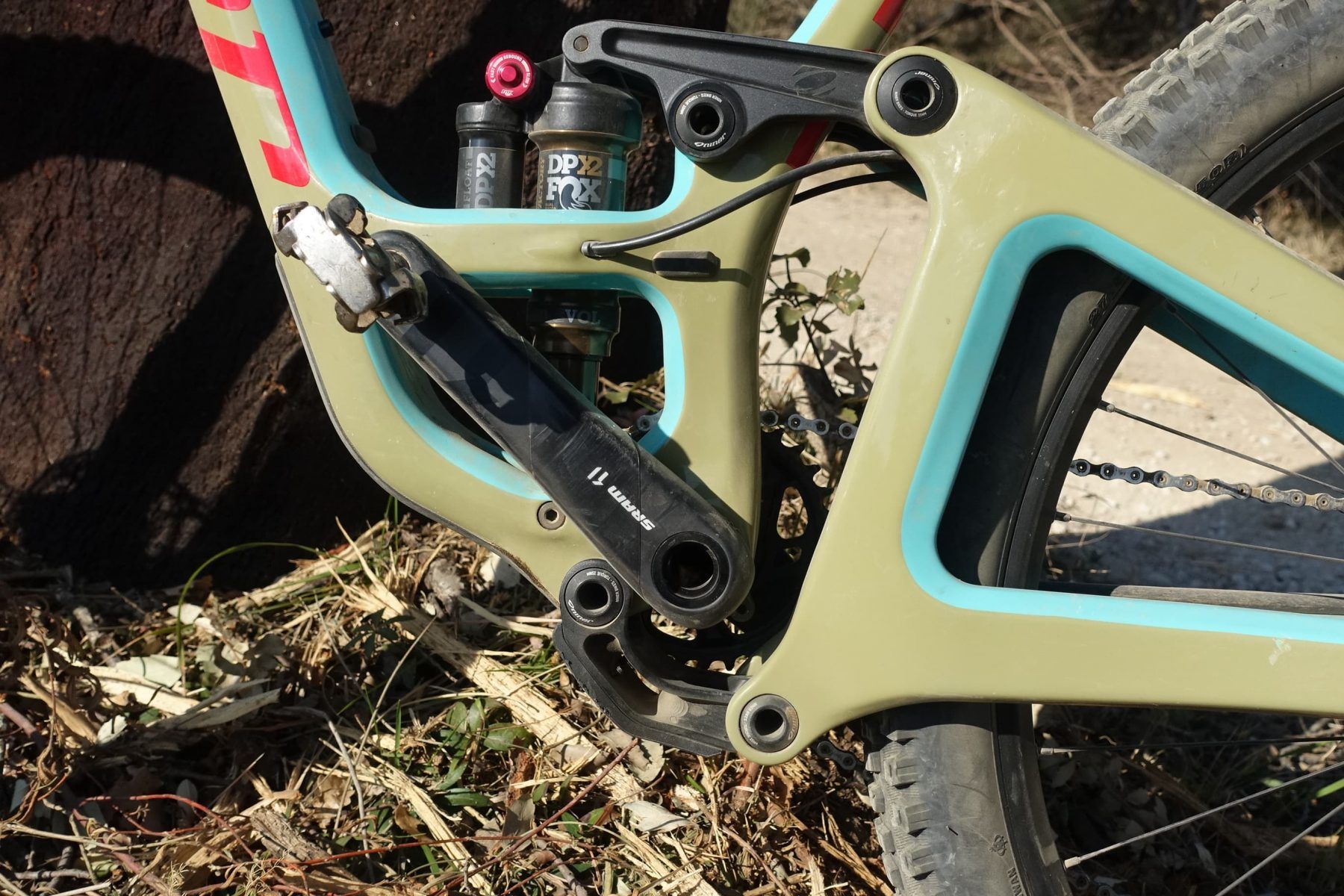
Comparing the mountain bikes of today to yesteryear, we are already in the Jetsons era. I mean, almost every mountain bike has a dropper seat post and the development of tubeless tyre technology has helped to all but eradicate the pain of punctures. Now we have crisp, precise gear changes due to wireless, electronic 12-speed drivetrains with 520% range and clutch retention systems to ensure your chain stays put. That’s before I mention motor-powered mountain bikes. To me as a young riding grom back then in 2000, all these developments seemed completely unimaginable. I believe many riders these days take for granted such advances in technology and development in our beloved sport. The humble mountain bike we know and love has come a long way in the last 20 years and our bikes, as a whole, are impressive technological marvels that assist us in every aspect of our ride. One memory from Chris Porter of Mojo/GeoMetron is this: “The first time you try a dropper post is an absolute revolution! That there are riders now who have never ridden a bike with a ‘fixed’ seatpost is great, but they don’t ever get that ‘Eureka’ moment!”
Despite these relatively recent technological gains, we are currently witnessing a gradual slowing in the technology in mountain bikes. This has steadied as frame geometry and sizing have reached a point for the rider that it is in the sweet spot for most of us mere mortals. David Turner, founder of Turner Bikes, has his opinion about frame geometry. “Personally, I think that frame design progression is dead – it was a hella crazy ride the last several years though! But progression as in ‘longer and slacker’ has hit the wall, not progression in the endless search for excellence – that is a first-world obsession.”
The first time you try a dropper post is an absolute revolution!
Chris Porter
David goes on: “Any longer and any slacker and no one would make it around the berms without shooting over the top of the turn. It appears to me that the rider’s style and skill levels, turn construction and bike geometries, are all pretty dialled in together. Look at other, much older sports like motocross, skiing, tennis, etc. Just about any sport that combines equipment and an athlete, there is a point where we reach a point of diminishing returns. Tennis players are not using rackets the size of laundry baskets.”
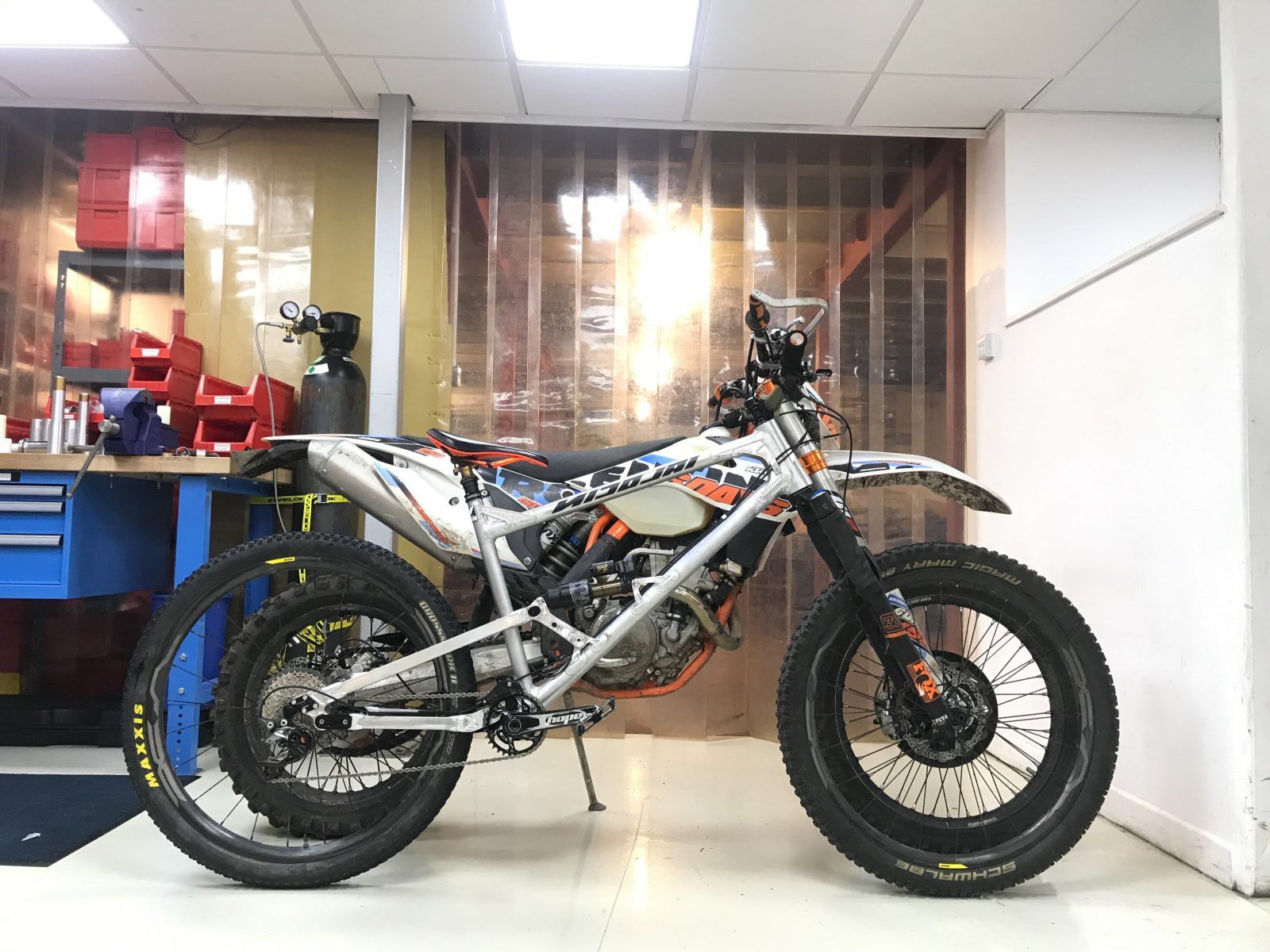
Chris Porter, a man who is infamous for his progressive stance on geometry, thinks: “Geometry was set years ago … It just didn’t make it into a full package … The best handling bikes were already sub 63°, long wheelbase and long travel – they were called downhill bikes. There won’t be much change in the geometry from now because they are all tending towards what works anyway.” So that seems to settle the question of geometry of mountain bikes in the next 20 years from a real angles professor – it won’t differ too much from where we are now. Chris goes on to say he “hasn’t had to ride a trail bike with a head angle as steep as the current ‘slack’ 64° fashion for approximately 15 years – through a combination of custom shorter shocks and angle headsets and longer forks I’ve been south of 63° since then”.
What is ‘better’?
So what benefits are we riders likely to see over the next 20 years? Well, it’s not a straightforward question to answer. Ultimately, if bikes are manufactured with a greater understanding of what the consumer wants, and the industry can look at ways of making the bike as a system more reliable, easier to clean, and keep them out on the trail instead of the bike shop workstand, that surely is the easiest win for us the mountain biker.
What will bikes of the future be made from and are we likely to see a change in manufacturing techniques or materials used? Ian Schmitt from Kona gave me his insight about the future of manufacturing and the further development of techniques such as 3D printing or ‘additive manufacturing’. “At this point the lingering question in our mind is additive manufacturing. Currently, this remains the realm of bespoke products as the cost is not feasible for large-scale production. Once the cost starts to come down I believe we’ll see a renaissance of development as the limitations imposed by current manufacturing methods such as forging, extrusion, etc., will be removed. Being able to more closely control the internal structure and wall thicknesses will allow the development of lighter products. I suppose it goes without saying that when you can design something and tell the Star Trek replicator to pump out your wildest dreams, the sky’s the limit.” But Schmitt went on to jokingly caution me about the impending Artificial Intelligence global domination. “Once the machines become sentient, however, all bets are off, but as long as there is no Skynet I think we should be OK and able to quell the robot rebellion and fall back on our more traditional methods of manufacturing.”
…when you look at carbon products over the last ten years for aggressive riding, for the most part they have just gotten heavier
Kelvin Lawton – Orange Bikes
A metallic aftertaste
All joking aside, some manufacturers, such as the UK’s own Orange Bikes, whose catalogue is famously made up predominantly of aluminium frames that are traditionally welded, believe we are about to enter a new renaissance of bikes with metallic frames. I posed the question to Kelvin Lawton, a product manager at Orange. “I can also see a resurgence in aluminium; we’ve already started to see it in [the] many choices sponsored athletes make for racing, especially the EWS where your equipment has to survive, you can’t just change wheels every run, you have to make them last and riders have opted to run aluminium rims, cranks and other components in favour of longevity instead of saving a few grams. In addition to that, when you look at carbon products over the last ten years for aggressive riding, for the most part they have just gotten heavier.”
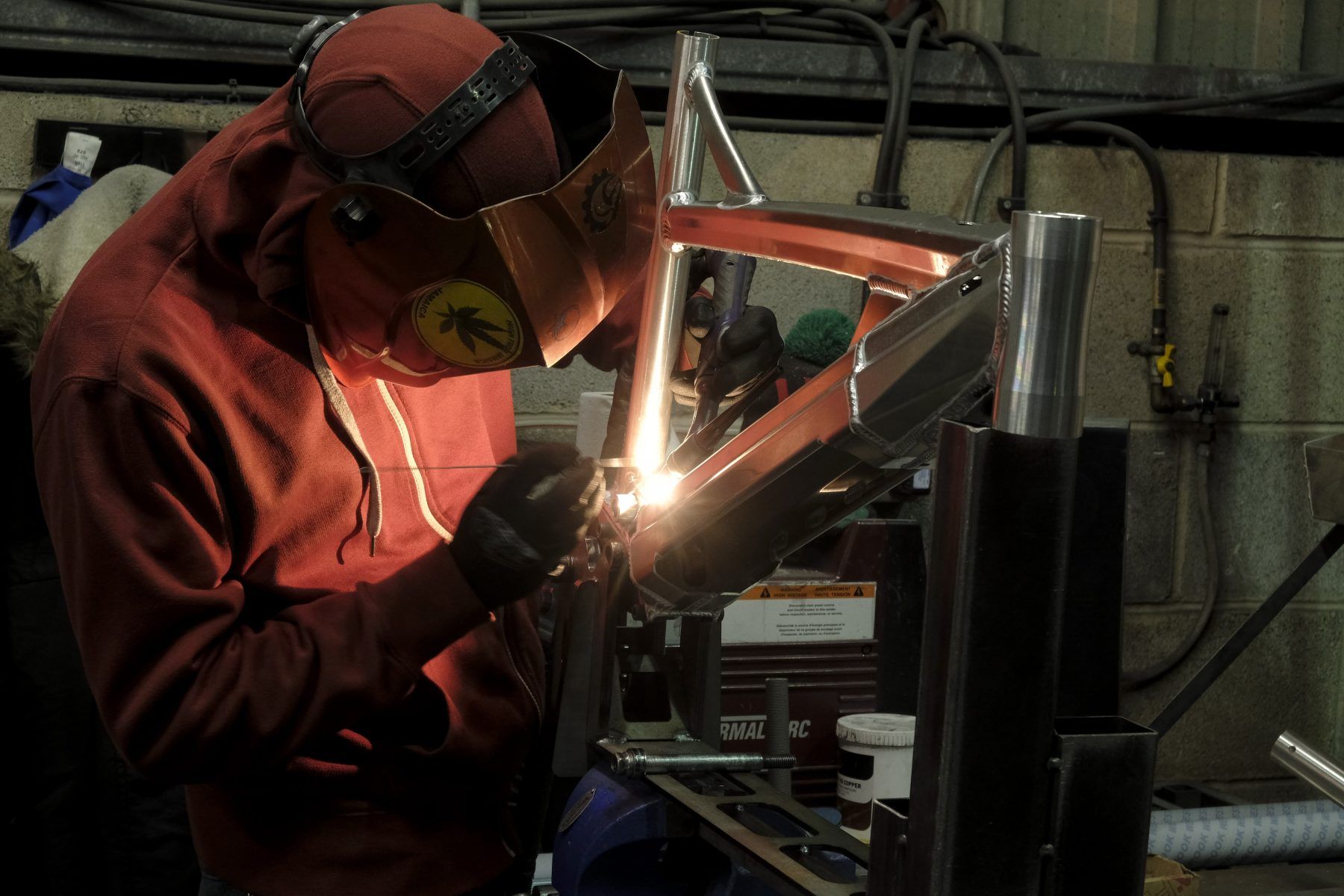
So I guess in turn this means the average rider, those not looking to race week in, week out, can expect a more durable and reliable product. Well, all the developments in mountain bike technology ultimately have to benefit the ‘normal riders’. It is, after all, the likes of you and me who keep the industry afloat by spending our hard-earned money on products within the sport.
Getting on (the greener bike)
Of course performance is important, but the mountain bike population is an ageing one. The industry is crying out for new, young, fresh riders who are as keen and enthusiastic as I was when I was at school. Looking far beyond this current sales boom in the cycle industry (due mostly to the global pandemic) and well into the future, Nick Larsen from Cannondale believes that “the bike industry needs to make the products less intimidating to the new audience”. He says: “The idea of riding bikes is more than just an economical way to get quickly and efficiently about. Mountain biking is about the experience and that is what consumers are buying into. In the future, as we jostle for ways to reduce screen time and get outside amongst nature, mountain biking is a vessel upon which people can do that.” I feel there needs to be greater investment into this – it won’t just happen organically.
The industry will need to be ethically transparent and look in more detail at where its materials are sourced from and also where they eventually end up once they are scrapped. Kelvin from Orange Bikes is in agreement. “Making cycling sustainable and ensuring products are recyclable has to be a priority. At some point everything comes to the end of its life and needs to be recycled. I don’t think casting things into landfill is acceptable anymore and there needs to be more transparency regarding this.”
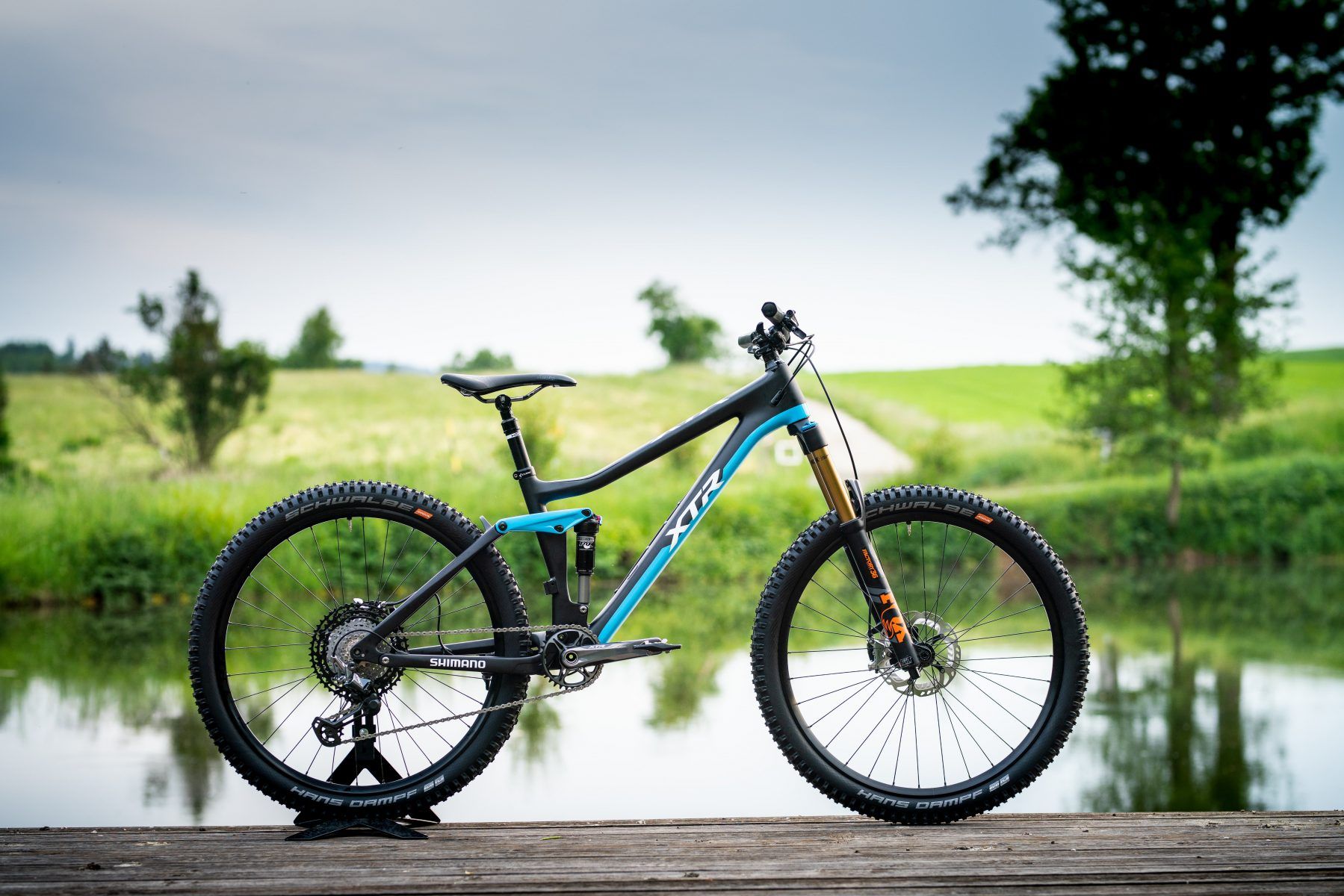
I would go further and say there needs to be far less planned obsolescence. By this I mean there seems to be a phase now where a product is designed with a certain shelf life or ‘use by’ date. The changing of standards means that parts become increasingly more difficult to be able to simply swap out or upgrade bikes over time. Of course we need the gradual changing of industry standards to enable the development to continue, so the bikes of tomorrow will always evolve. But…
How can things improve further? Modern bikes are just better in every way. The level of grip with tubeless tyre technology and tyre inserts coupled with modern suspension products and damping keeps your sticky tyre compound on the ground through the most technical terrain and challenging conditions. Bikes overall are lighter and also stronger now than they ever have been. Making them, and you, more capable of pedalling further and faster.
Go gadget shocks
With one eye on the current technological advances we have today, like Fox Live Valve, I expect this to eventually come down in price and riders may start to feel the benefits of this kind of innovation on mid-priced bikes of the future. However, at the moment it is currently hugely expensive, out of reach for the majority of people, and might even go some way to deter people new to the sport.
Imagine a bike that will adjust itself mid-ride to the terrain you are riding, to the climbs and the descents. Just the idea alone would astound the average rider, but it is already here and it is mind-boggling witchcraft compared to anything we have seen before.
Taking a step in a slightly alternative direction, Mondraker recently launched its MIND integrated telemetry system for setting up suspension. This is technology I believe would really benefit new riders and could remove the intimidation and guesswork from suspension set-up, meaning you don’t need to be a bike nerd or a pro to be able to get the full benefits of the bike underneath you. This is just the tip of the iceberg, and there will be similar options from myriad manufactures within the next few years. Making suspension units more user-friendly can only be a good thing in my eyes. Automatic adjustment and lockout would assist during the ride, as would a properly adjusted set-up before the ride. Both aspects that would improve the bike’s performance and your day out on the bike.
Your derailleur is the weakest link. Goodbye?
Where are the weak links, if any, on the modern bike? I always thought that precariously hanging a vital drivetrain item like the rear mech from the frame in all conditions was it. Being right in harm’s way, surely its days would be numbered and it would be phased out in favour of a fully enclosed gearbox type system like on the Honda RN-01 G-Cross downhill race bike.
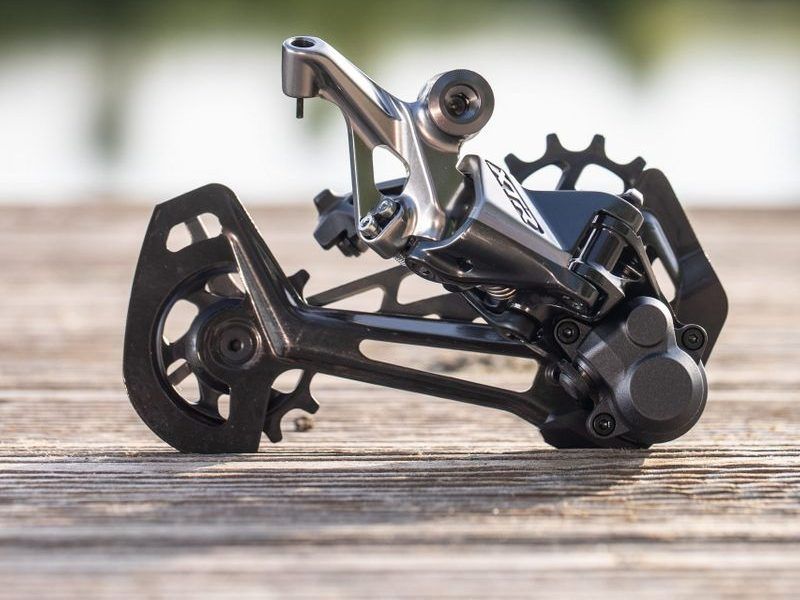
Interestingly, that is not the vision shared by the others I posed that quiz question to. The opinions were split, with Ian Schmitt arguing that the rear mech will remain at the heart of our drivetrain in years to come. “Until a company produces a wireless gearbox that weighs and costs the same as a Deore 11-speed drivetrain, I don’t think you’re going to see a massive uptake from the industry.” David Turner shares the same feelings. “Until an IG [internal geared] hub can be made that is as reliable, lightweight and cost-effective, the derailleur will still be here. When working only ‘decently’ a derailleur is an amazing thing, dripping in mud, neglected, shitty old cable and housing, yet it keeps working.” With these votes on behalf of the derailleur and its future, it looks like we have contradicting views on how gears will be selected in the 2041. The majority of us will continue to put our trust in the derailleur on our bikes of the future. Star Trek dreams about only having to think about changing gear and not having to use a shifter, whether it be cable or electronically operated, are still some way away yet.
The dropper seatpost is another culprit, guilty of quickly changing a ride from a great day out to one you wish you could forget. Sitting in a position that takes the brunt of the crud coming from the rear wheel, overcoming the reliability issues of the dropper post, extending the service interval and making them easily maintainable in the garage of the most tool-shy riders out there will be a tough ask. I see this being a worthy focus point and this will be yet another component that will shun cables and turn to wireless electronic systems.
“Solving mechanical problems with electronics or materials technology is not actually mechanically solving a problem!”
Chris Porter
Where to, boss?
It has been a challenge to predict where the next changes will come. The products we ride currently make a well-dialled machine. With the previous years of development and the evolution of the mountain bike from the fat tired clunkers of old to the modern day weapon, I think we will now see incremental adjustments over the next 20 years. Turner concludes: “In summary, I think the exciting part of future bicycle development will be the tiny details. We all have a ringside seat watching a hair split over and over, the ingeniousness of the human mind will still be very active, tweaking the toys we love to play with.”
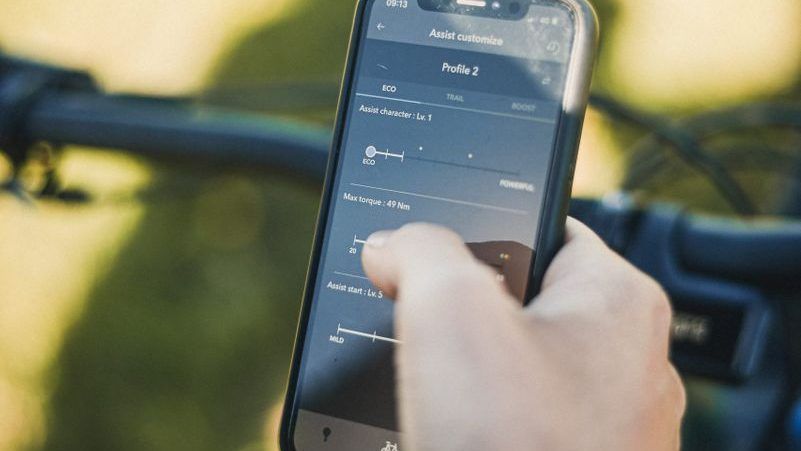
I predict the use of electronics on the bike will expand even further than gearing, incorporating active suspension damping control and set-up, dropper seatposts and all systems integrated together using advanced batteries that could be recharged simply by pedalling. I expect we will soon have a display and brain on the bike to capture all our valuable data for more than just Strava. It would give riders statistics and telemetry and combine all these systems together. I think if the bike could adjust its damping characteristics on the fly to the trail conditions, this would be an incredible feat of engineering – imagine softer settings for wet days and a stiffer tune for dry days and sprint finishes.
Looking forward
Interestingly, Chris Porter’s views are in contrast to my own. He says: “Solving mechanical problems with electronics or materials technology is not actually mechanically solving a problem! I can see that if I can still ride in 20 years’ time, I’ll be riding something very similar to what I’m riding now!”
Bikes will be available in both carbon and metal. The manufacturing techniques will continue to evolve and may need to look quite different from the current methods, and give consumers some understanding of where the materials have come from and how sustainably constructed a brand’s product actually is. We will see more use of the frame to stealthily hide tools and perhaps even integrated hydration bladders.
I dream of more home-grown products and sourcing of materials and components. Geometry is pretty well sorted now and, as mentioned, any drastic angle changes will render bikes pretty much unrideable for the average rider on regular gradients. There may be some minor tweaks, but I don’t expect any radical developments on the horizon.
Kelvin Lawton beautifully summarises the future by predicting: “In 20 years’ time we’ll be riding around on aluminium bikes without air in our tyres, we’ll change gears with a derailleur, but there won’t be any cables and our suspension will always be ready to go.”
In the future I hope we’re still able to earn our turns, and that ‘acoustic’ unpowered mountain bikes are not completely phased out and replaced by their e-bike cousins.
I truly believe the future is now and that bikes of 2041 will not change drastically from those of today. And, providing the laws and the rights to access these outside spaces do not drastically change, the type of trails I hope to be riding will differ little from today. I will still be ogling over fancy new bicycles and the latest kit in my local bike shop.
It simply comes down to how much fun I can have riding bikes off-road, regardless how much the mountain bike evolves underneath me.
This article was first sort of published in issue 136 of Singletrack World magazine, but due to a printing error on our part half of it was missing. It is reproduced here free from glitches and our usual paywall restriction.
Comments (5)
Leave Reply
Post Comment
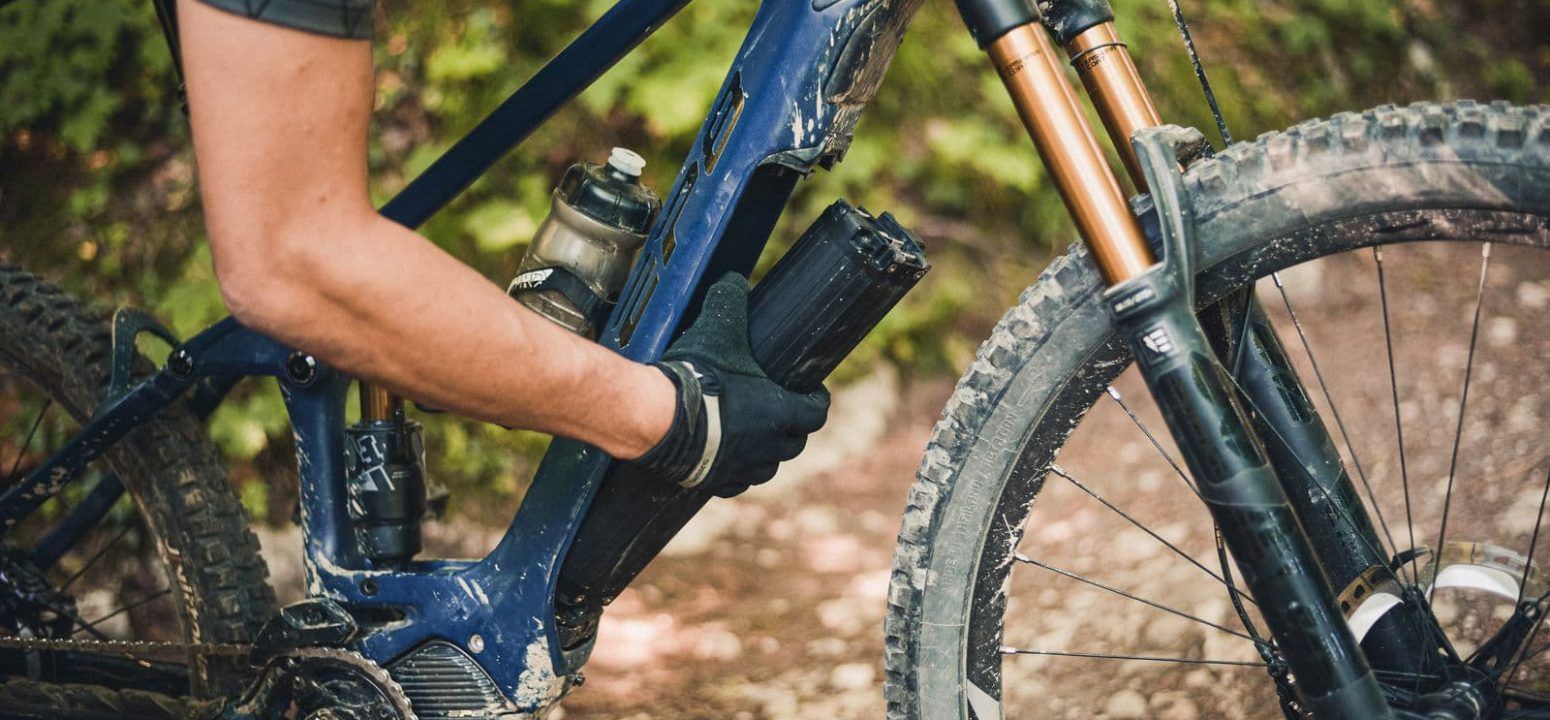

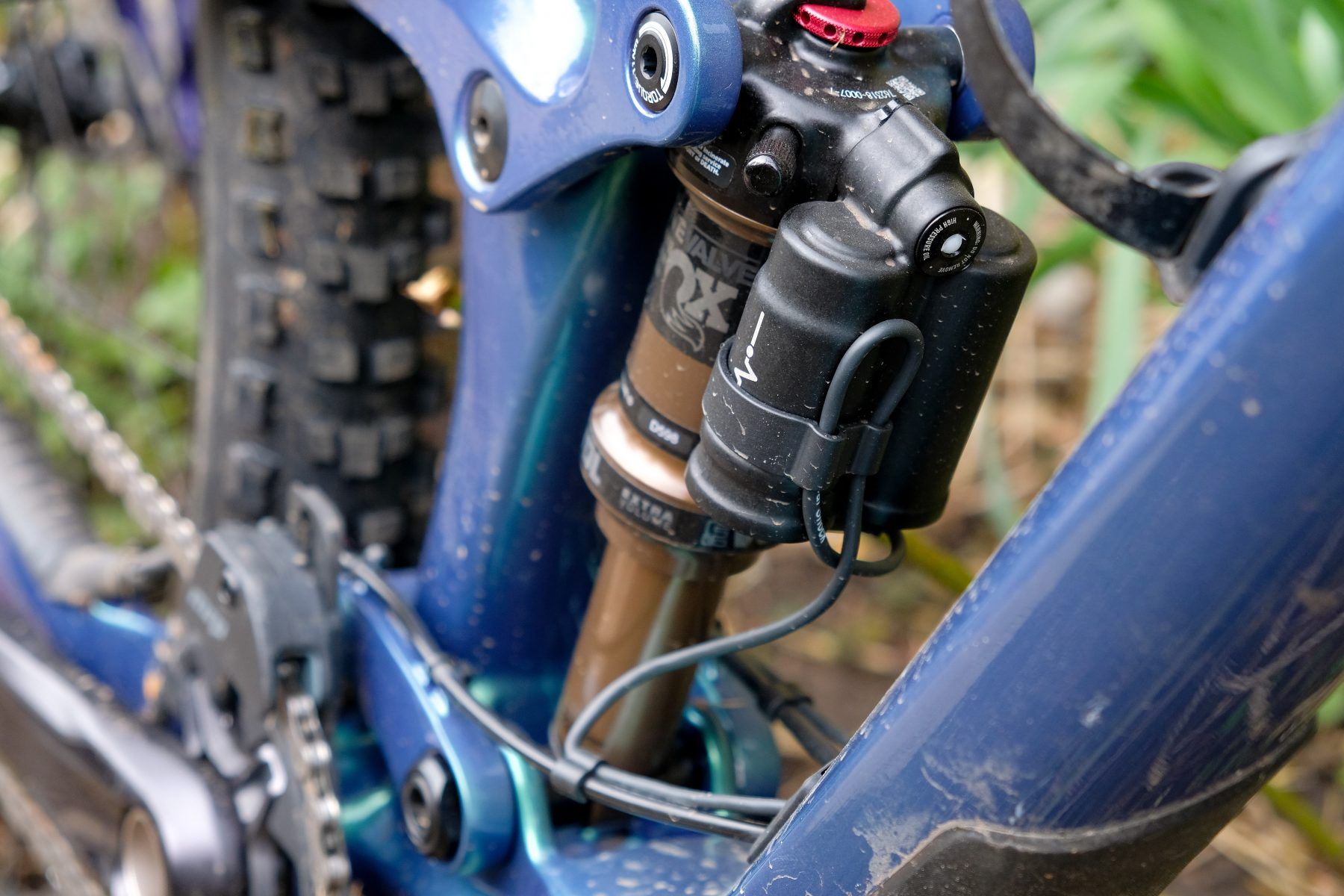
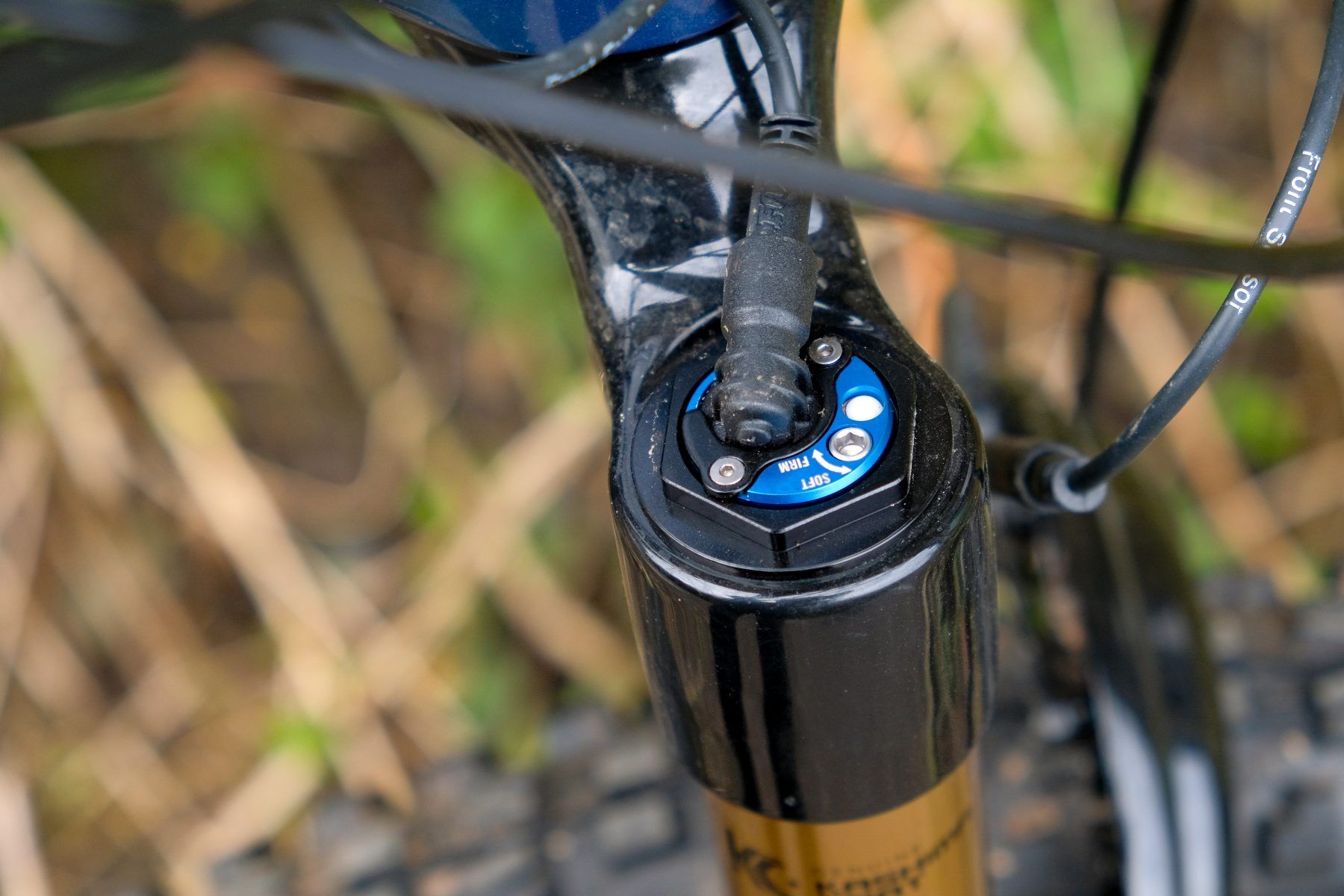
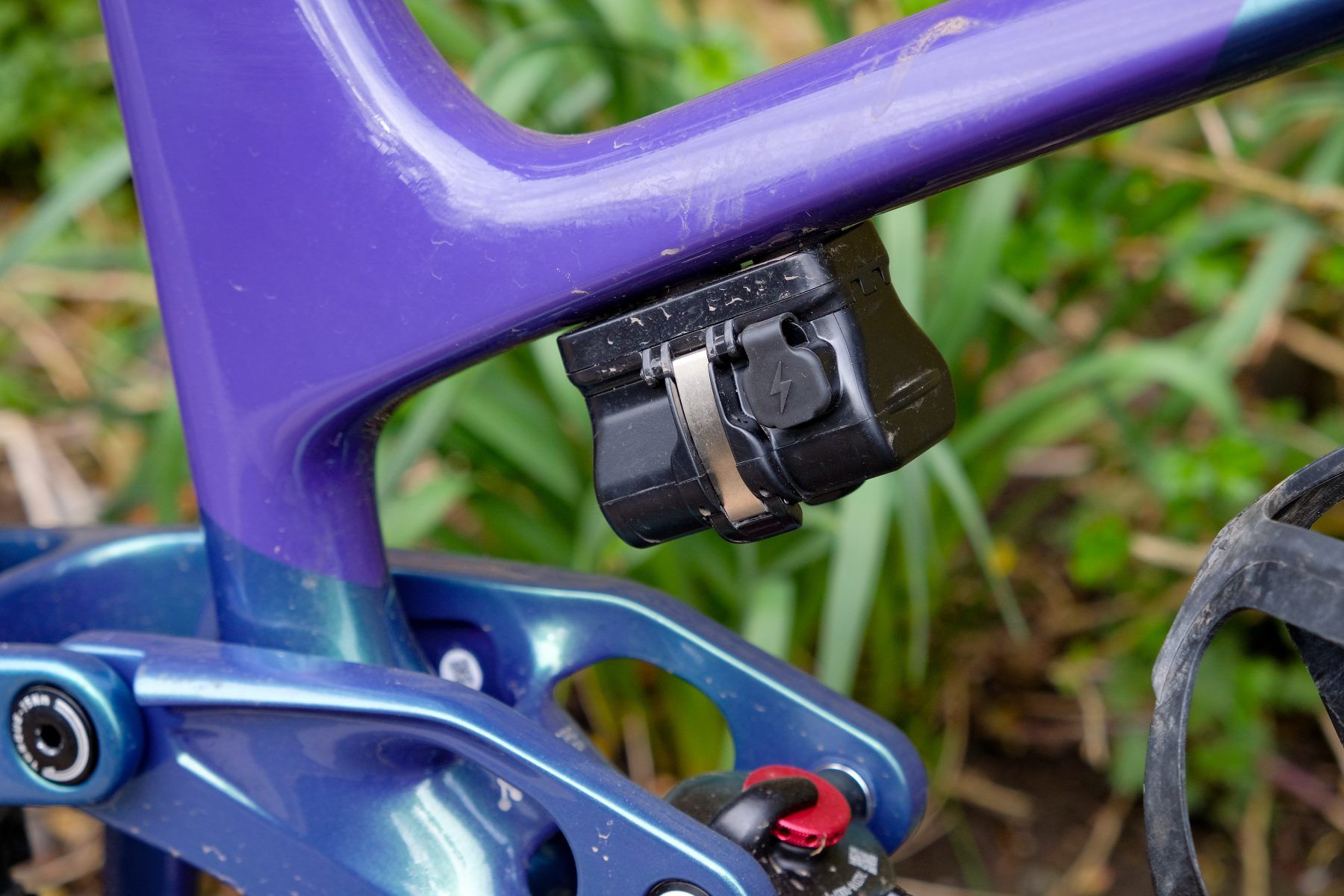

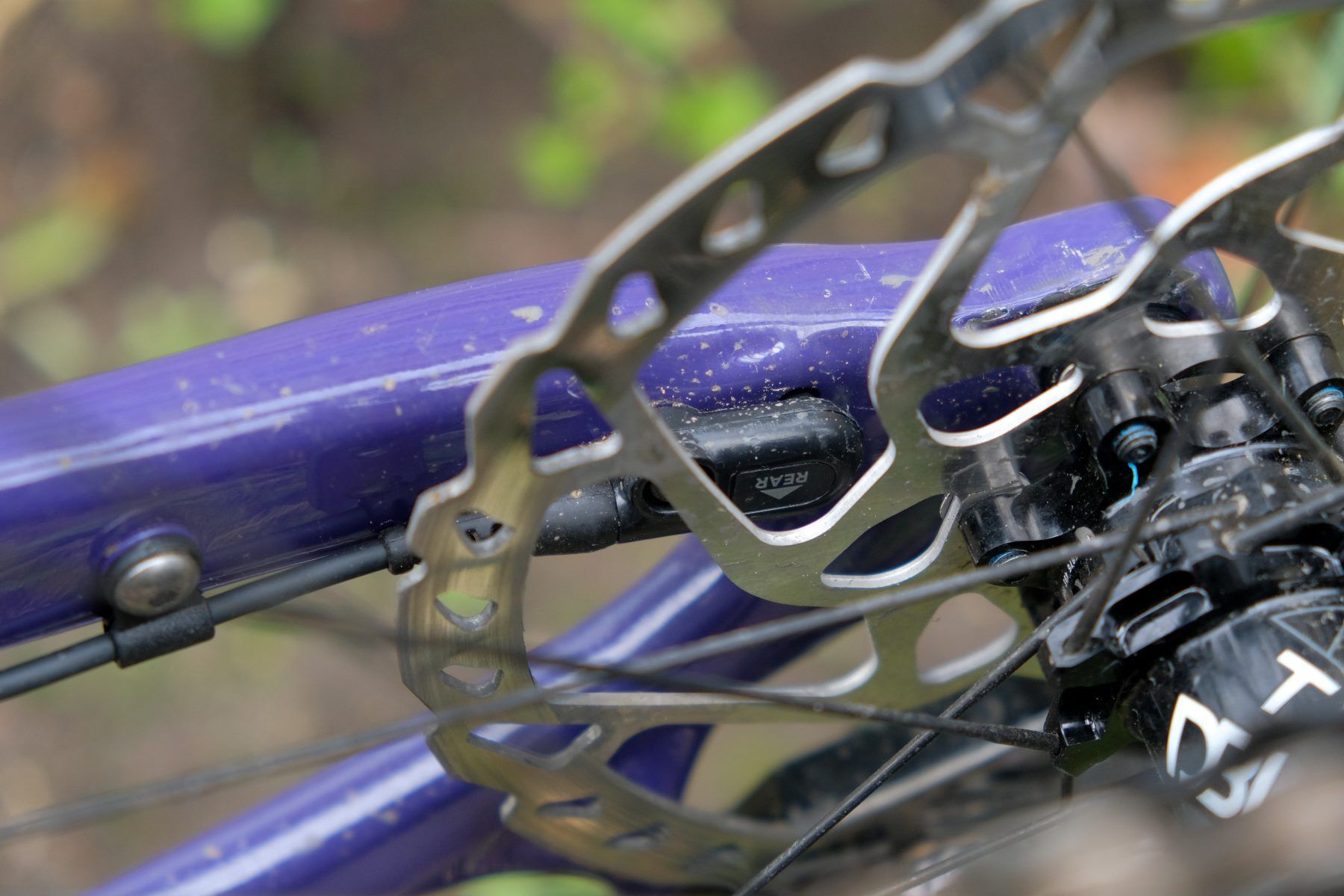

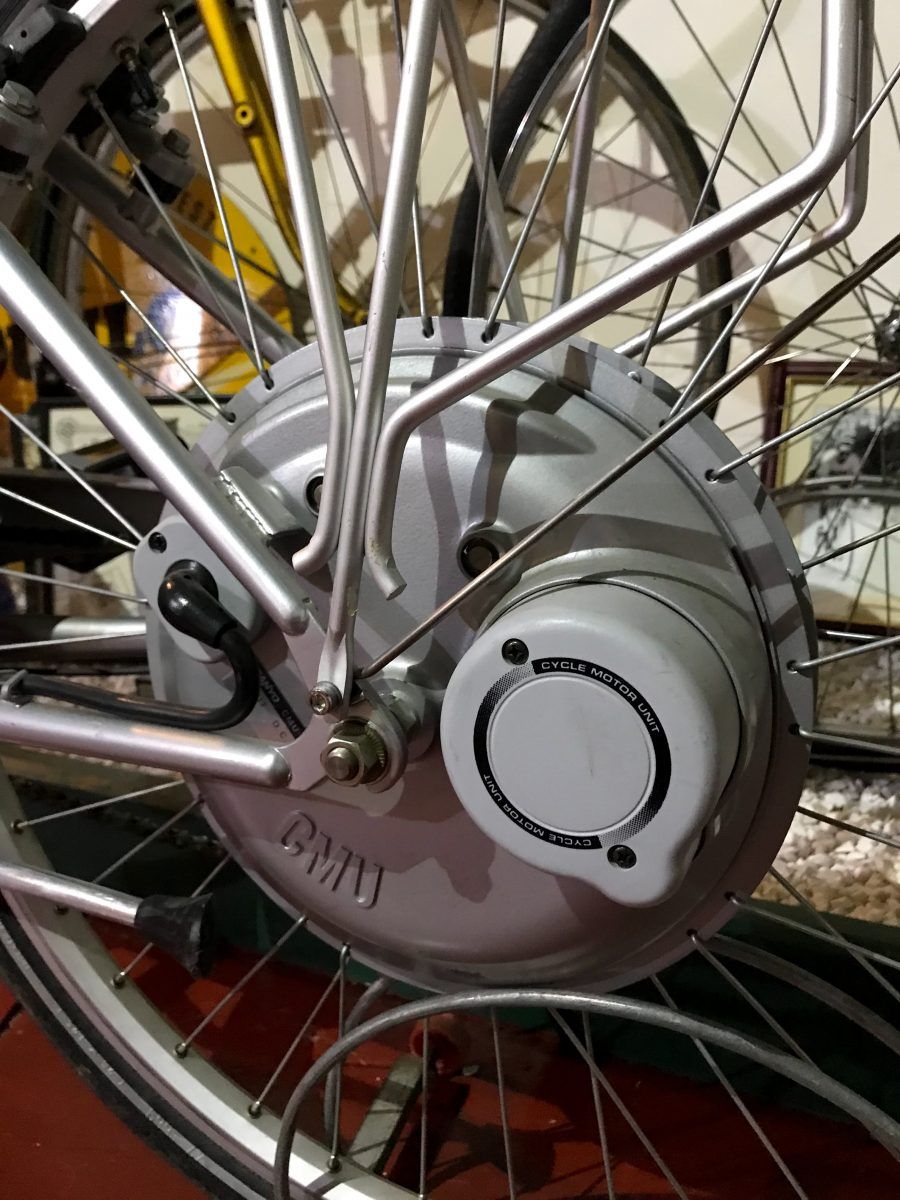
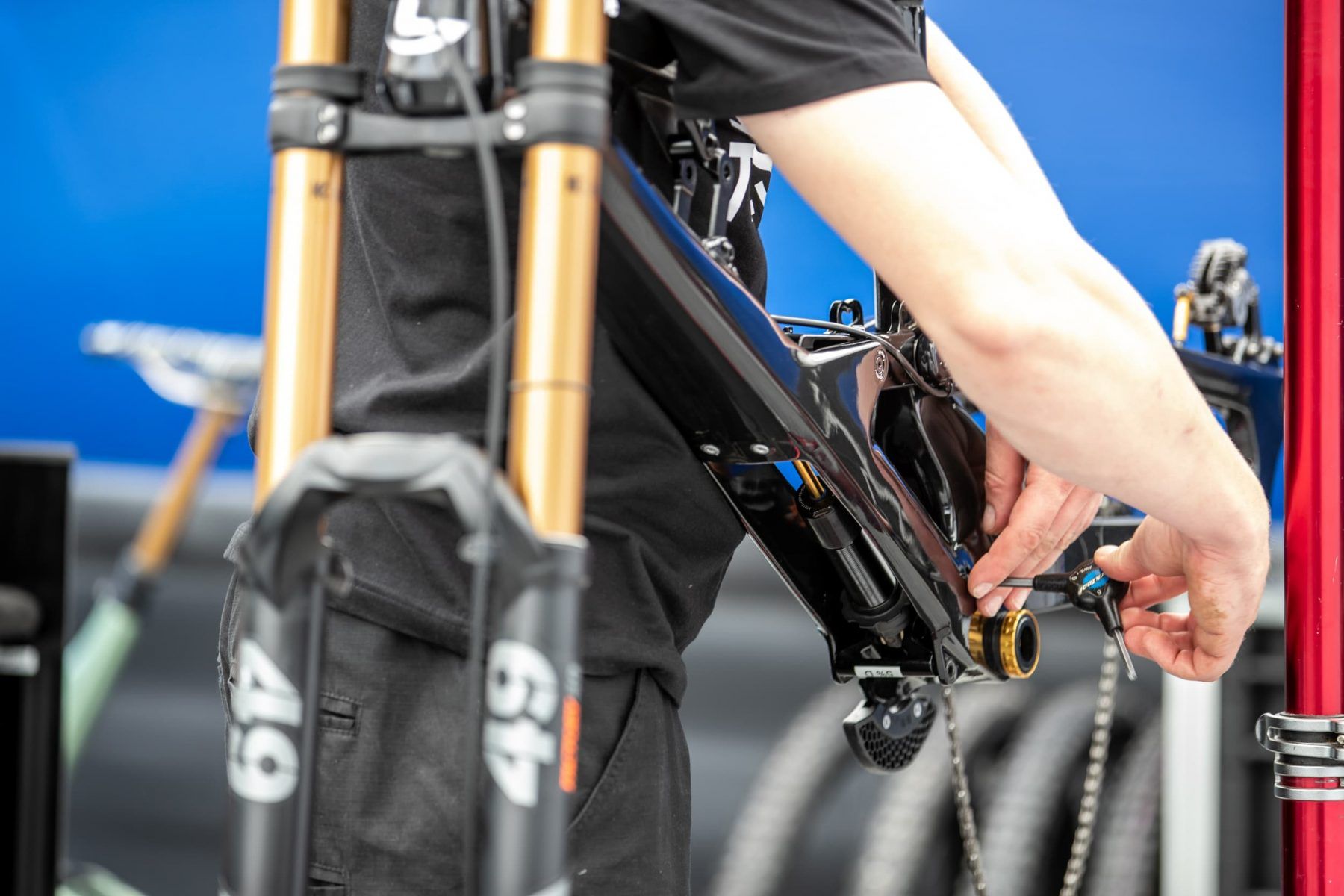

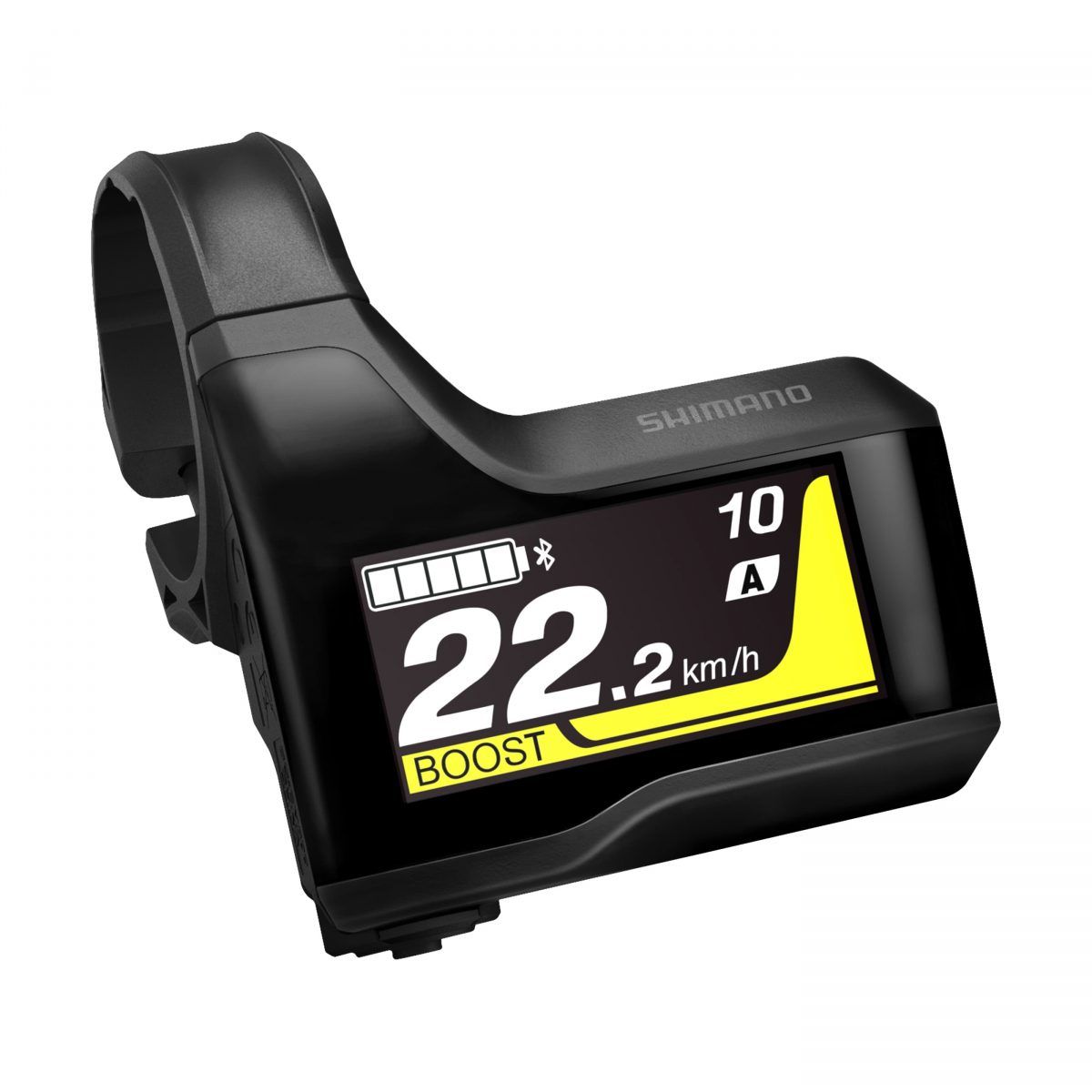
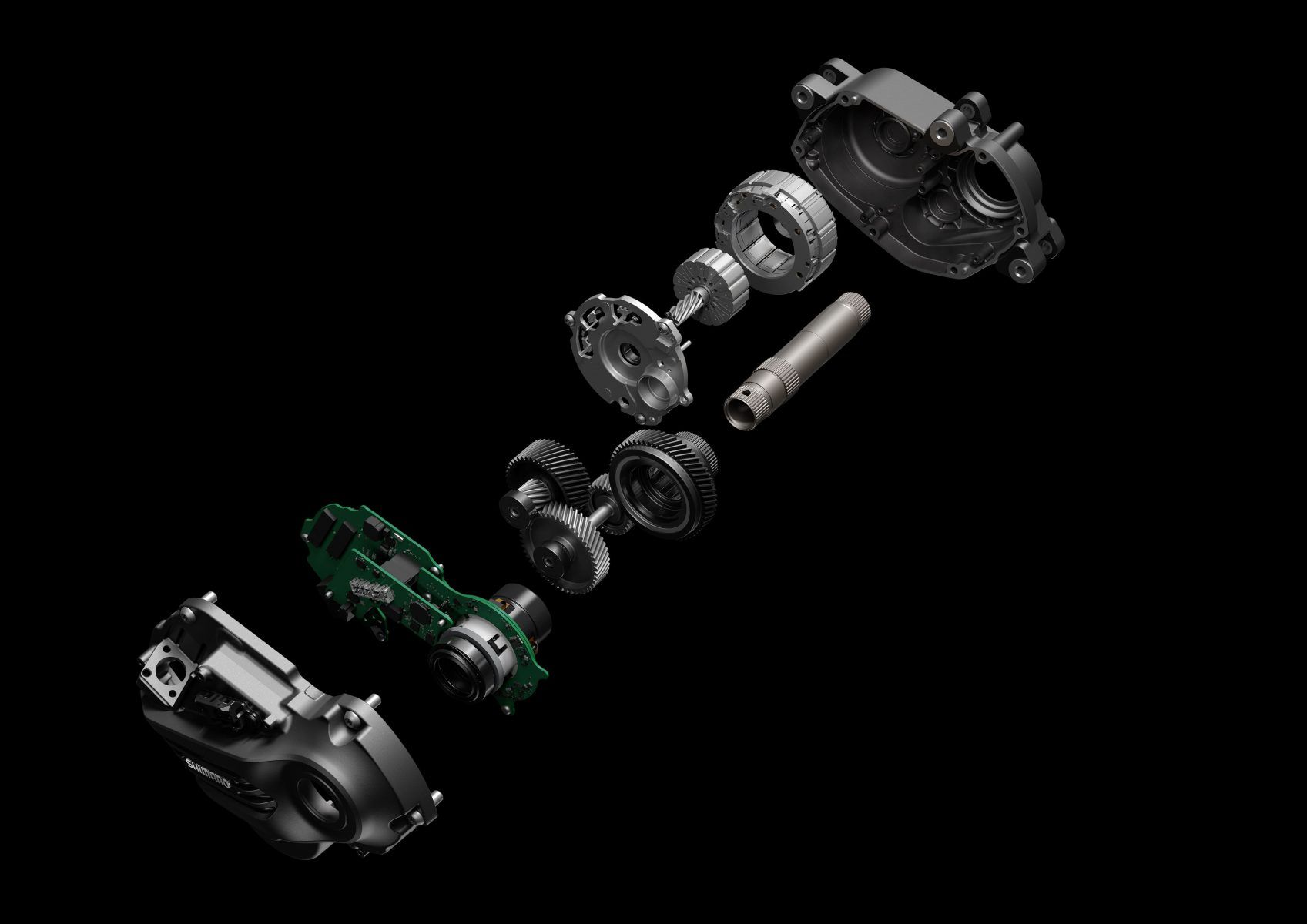
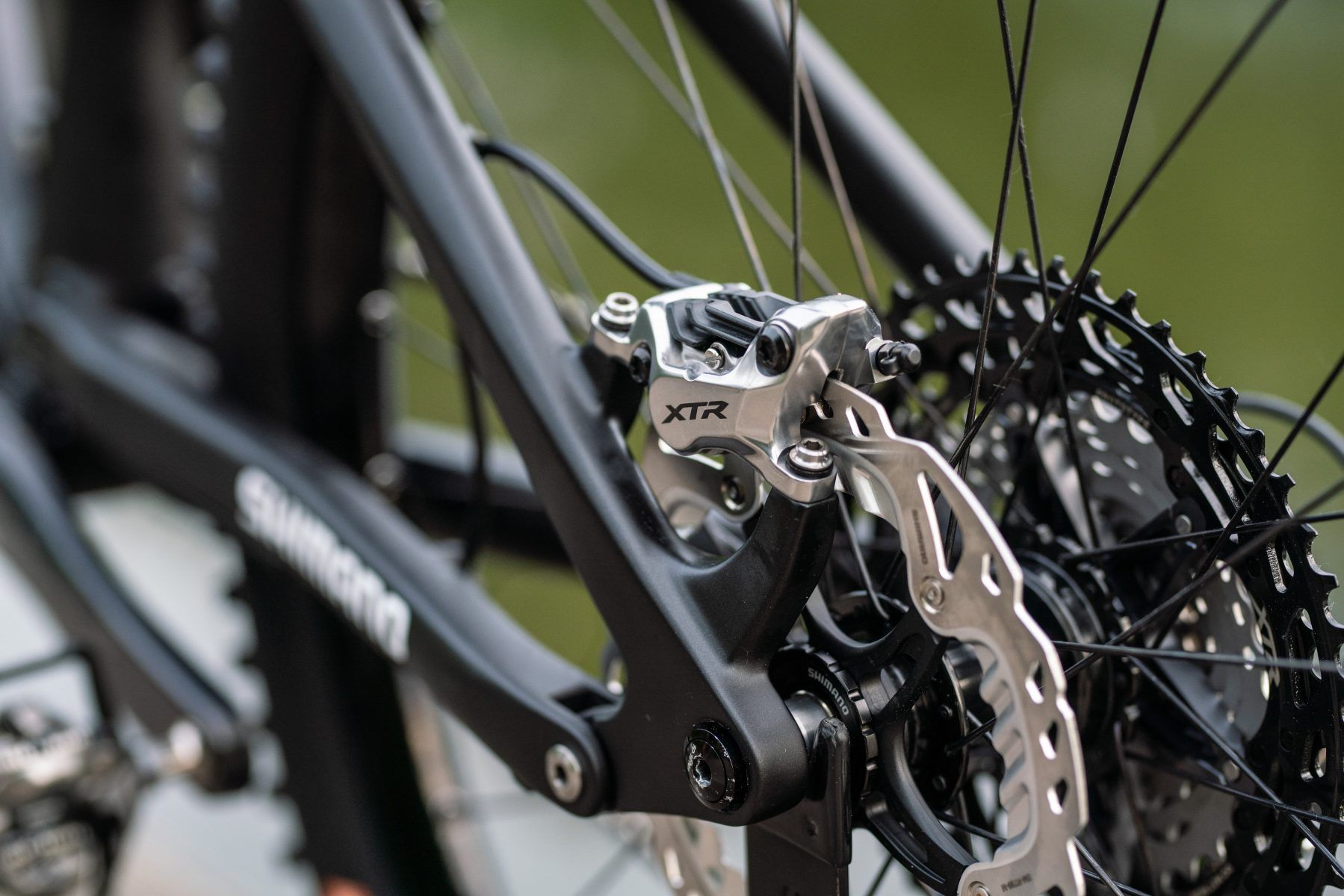

I guess this is the ‘how it should have looked version’? I wonder if it misprinted mags will become collectors items in centuries to come?
Call me a Luddite if you like – but I like the fact that my bike isn’t a tech extravaganza that needs to be charged before every ride. A drop of oil, pump of air, wrench of a spanner & that’s about it. Enough tech in our lives as it is, cycling is a welcome antidote to the pervasiveness of it.
Dropper Posts- “Sitting in a position that takes the brunt of the crud coming from the rear wheel”
Really, Mudhugger have completely solved this issue from a mechanical perspective, with a cheap, simple and completely reliable answer to the problem.
30 years ago I was sat on a beach after a ride where a mech took a hit. Predicting the end of the derailleur era I said “we won’t be using these in ten years, they are just too weak and vulnerable”… and I was right. Ten years later I was riding singlespeed.
Add me to the Luddite camp – my mid 1980s Muddy Fox Explorer is still going strong with nothing more than a few drops of oil and some new tyres.